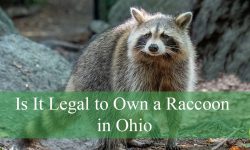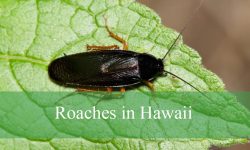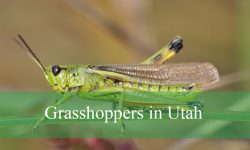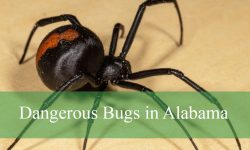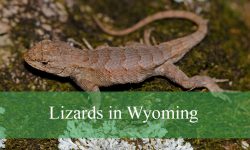Walking through the streets of Key West or the lively neighborhoods of Miami, you will often notice colorful chickens roaming freely. These birds are not pets or farm animals; they are feral chickens, a fascinating population that has learned to thrive in Florida’s warm urban environment.
Feral chickens in Florida have become local celebrities, often photographed by tourists and admired for their bold personalities and stunning plumage. Their presence adds a unique charm to towns and cities, yet also sparks debates about noise, safety, and ecology.
Understanding how to identify feral chickens, where they live, and why they thrive in Florida can give you a new appreciation for one of the state’s most interesting urban wildlife species.
What Are Feral Chickens?
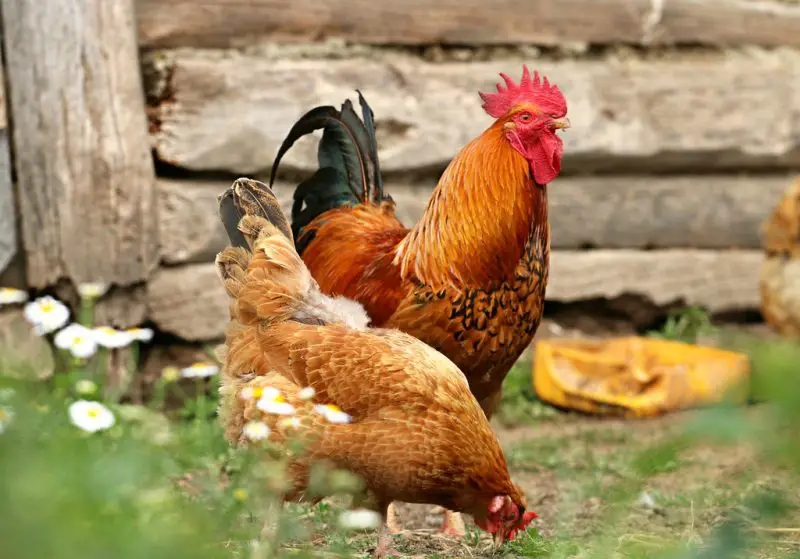
Feral chickens are domestic chickens (Gallus gallus domesticus) that have escaped captivity or were released intentionally and now survive without human care. Over time, they’ve adapted to living in the wild, forming self-sustaining populations.
These birds are direct descendants of domesticated fowl brought to Florida centuries ago. When farms closed or hurricanes damaged coops, many chickens escaped and established new flocks in urban and suburban areas. They reproduce freely, forage for food, and roost in trees — all while retaining the bold colors and features of their domestic ancestors.
Although they might look similar to backyard chickens, feral chickens are leaner, faster, and more wary of people. They have learned to survive on their own by scavenging, avoiding predators, and nesting in hidden places.
Physical Identification of Feral Chickens
1. Color and Appearance
Feral chickens in Florida display a wide range of colors — deep reds, shimmering greens, golden feathers, and iridescent black tails. The most common type resembles the Red Junglefowl, their wild ancestor. Males (roosters) have long tail plumes and bright combs, while females (hens) are smaller and brownish for camouflage.
In urban flocks, you may also see hybrid birds with mixed traits — some with white or mottled plumage, depending on local breeding. The variation is one reason these chickens are so visually striking and easy to notice.
2. Size and Body Structure
Adult feral roosters typically weigh around 5–7 pounds, with hens weighing 4–6 pounds. They have muscular bodies adapted for flight and quick movements, unlike farm chickens that are often bred for size. Their legs are strong, helping them scratch the ground for food and jump onto low tree branches or fences.
Many have sharp spurs — especially the roosters — which they use to defend their territory and flock from rivals or predators.
3. Behavior and Sound
One of the easiest ways to identify feral chickens is through their behavior. Roosters are vocal, crowing loudly throughout the day (not just at dawn). Feral hens cluck softly when calling their chicks, and both sexes are excellent foragers.
You’ll often see them pecking through leaf litter, lawns, and sidewalks in search of insects, seeds, and scraps. They are also highly alert, ready to scatter into bushes or trees at the first sign of danger.
Where to Find Feral Chickens in Florida
Florida’s subtropical environment provides ideal conditions for feral chickens. These birds are most abundant in certain southern and coastal regions, where warm temperatures and year-round vegetation make survival easier.
1. Key West
Perhaps the most famous location for feral chickens in Florida is Key West. Known locally as the “Gypsy Chickens,” they roam freely across the island, especially in Old Town, Duval Street, and near the Key West Cemetery.
Their origins date back to Cuban immigrants who brought chickens for food and cockfighting in the 1800s. Over time, when cockfighting was banned and the poultry industry declined, many birds were released, forming the wild populations still thriving today.
2. Miami and South Florida
In Miami, feral chickens are often seen in Little Havana, Coral Gables, Coconut Grove, and Homestead. Many were likely descendants of escaped birds during hurricanes or from backyard flocks. They live comfortably in residential areas, parking lots, and even schoolyards.
They’ve become part of Miami’s cultural landscape — admired by some, considered pests by others, yet undeniably fascinating to visitors.
3. Tampa and Ybor City
The historic district of Ybor City in Tampa is another stronghold for feral chickens. The birds are descendants of those kept by cigar factory workers in the early 1900s. When the factories closed, the chickens stayed — and multiplied.
Today, the city even protects them as part of Tampa’s heritage. They wander streets, perch on fences, and greet tourists daily, often featured in local tours and photography.
4. Fort Myers and Naples
Smaller feral flocks exist in Fort Myers, Naples, and nearby Gulf Coast areas. These populations are less dense but still visible in parks, parking lots, and rural neighborhoods. Their presence often surprises newcomers who assume chickens can’t live without coops — yet these hardy birds prove otherwise.
Why Feral Chickens Thrive in Florida
1. Warm Climate
Florida’s mild winters and plentiful food sources allow feral chickens to breed year-round. They rarely face the cold stress that limits chicken survival in northern states.
2. Abundant Food
Urban areas provide a constant buffet — leftover food, seeds, insects, and fruits. Many locals and tourists also feed them intentionally, helping the populations grow.
3. Few Natural Predators
While hawks, raccoons, and feral cats prey on young chicks, adult chickens are agile and smart. Their ability to roost in trees at night offers extra protection.
4. Cultural Tolerance
In places like Key West and Ybor City, feral chickens are often viewed as part of the city’s character. Instead of being eradicated, they are protected, allowing populations to remain stable or even increase.
Behavior and Social Structure
Feral chickens are highly social birds. They live in small flocks led by dominant roosters, who protect the hens and establish pecking orders. Each group has defined territories, often overlapping in urban spaces.
During the day, they forage together, scratching the ground for seeds, lizards, or insects. At night, they fly up into trees or rooftops to roost safely away from predators.
They also display impressive intelligence — remembering food sources, recognizing regular feeders, and adapting to human schedules. It’s common to see them crossing roads confidently, following tourists, or exploring outdoor cafes.
Diet of Feral Chickens
Feral chickens are omnivorous and opportunistic eaters. Their diet includes:
- Seeds, grains, and fallen fruit
- Insects, worms, and small reptiles
- Food scraps left by humans
In the wild, this balanced diet helps them maintain good health. Roosters often alert the flock to new food sources, and hens teach chicks how to forage efficiently. Urban flocks, however, can suffer from obesity or illness when overfed with processed foods by humans.
Breeding and Life Cycle
Hens typically lay 10–15 eggs per clutch, nesting in hidden locations such as bushes, under decks, or behind fences. The incubation period lasts about 21 days, after which the chicks emerge fully covered in down and ready to follow their mother.
Chicks grow rapidly and reach maturity in about six months. Feral hens can lay multiple clutches per year in Florida’s warm climate, leading to fast population growth. Roosters guard nesting sites and will aggressively chase away intruders.
Are Feral Chickens a Problem in Florida?
While many people enjoy seeing feral chickens, others consider them a nuisance. Their loud crowing, droppings, and tendency to dig gardens can frustrate residents.
In Key West and Miami, city officials occasionally attempt relocation or population control. However, efforts are controversial, as locals often rally to protect the birds.
Despite minor inconveniences, feral chickens rarely cause significant ecological harm. They primarily occupy urban areas and have minimal impact on native wildlife compared to invasive species.
How to Observe Feral Chickens Respectfully
If you want to watch or photograph feral chickens in Florida, follow these simple guidelines:
- Keep a respectful distance – Avoid chasing or cornering them.
- Do not overfeed – A small handful of grains or corn is fine, but bread and chips are harmful.
- Observe silently – Sudden movements or loud noises can stress the flock.
- Respect local rules – Some areas discourage feeding or touching feral animals.
By observing responsibly, you’ll help maintain a healthy coexistence between humans and these remarkable birds.
Fun Facts About Florida’s Feral Chickens
- Some roosters in Key West are known to crow at all hours, earning them the nickname “24-hour alarm clocks.”
- In Ybor City, residents once held “Chicken Crossing” signs to remind drivers to slow down.
- The chickens in Key West have their own “Chicken Store Museum” celebrating their local fame.
- Feral hens can fly surprisingly well — short bursts up to 10 feet high to escape danger.
Tips for Identifying Feral Chickens in Florida
1. Look for Urban Foraging Behavior
Unlike pet chickens, feral birds spend their entire day outdoors. You’ll find them pecking at sidewalks, flowerbeds, and roadside grass.
2. Notice Their Lean Build
These chickens are slim and athletic. Their feathers may look slightly rougher because of outdoor living.
3. Listen for Continuous Crowing
Roosters in feral populations crow throughout the day, often in response to car horns, sirens, or even conversations.
4. Observe Roosting Habits
At dusk, watch for chickens flying into trees or onto fences. Feral flocks almost always roost above ground.
5. Identify the Mixed Plumage
Because they interbreed freely, Florida’s feral chickens show more diverse colors than typical farm breeds.
FAQs About Feral Chickens in Florida
Are feral chickens protected by law?
In places like Key West and Ybor City, local ordinances discourage harming or removing them. They are considered part of cultural heritage. However, in other cities, there are no specific protections.
Can you keep a feral chicken as a pet?
Technically yes, but it’s difficult. Feral chickens are wary and aggressive compared to domestic breeds. Capturing and taming them takes time and patience.
Do feral chickens spread diseases?
They can carry mites or parasites like any wild bird, but they rarely transmit diseases to humans if left undisturbed. Feeding them safely and maintaining hygiene minimizes risk.
What do feral chickens eat in Florida cities?
Their diet includes insects, seeds, discarded food, and fruits. They easily adapt to urban food sources and are excellent scavengers.
Why are there so many feral chickens in Key West?
Historical releases, ideal climate, abundant food, and local protection have allowed them to flourish. The island’s relaxed attitude toward wildlife ensures their continued presence.
Conclusion
Feral chickens in Florida are a colorful reminder of the state’s tropical diversity and cultural history. Though technically wild, they coexist comfortably with humans, bringing character and curiosity to streets, parks, and beaches.
Their resilience — thriving in cities, surviving hurricanes, and adapting to human life — makes them a symbol of freedom and endurance. So next time you visit Florida, look for these bold, crowing wanderers — living proof that even domesticated animals can find their wild spirit again.


